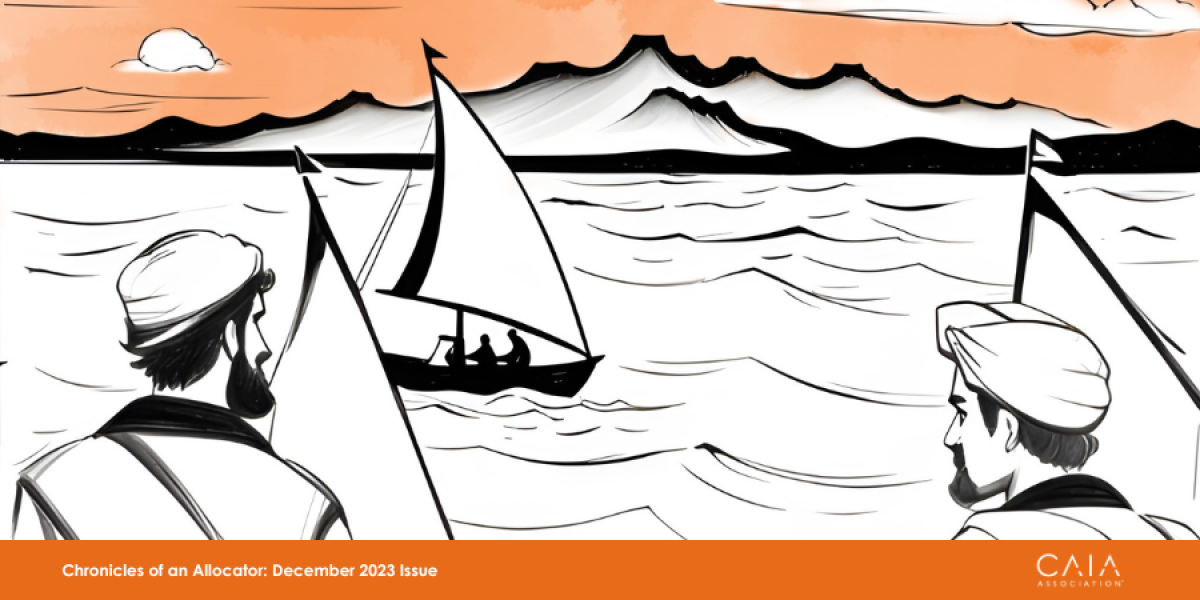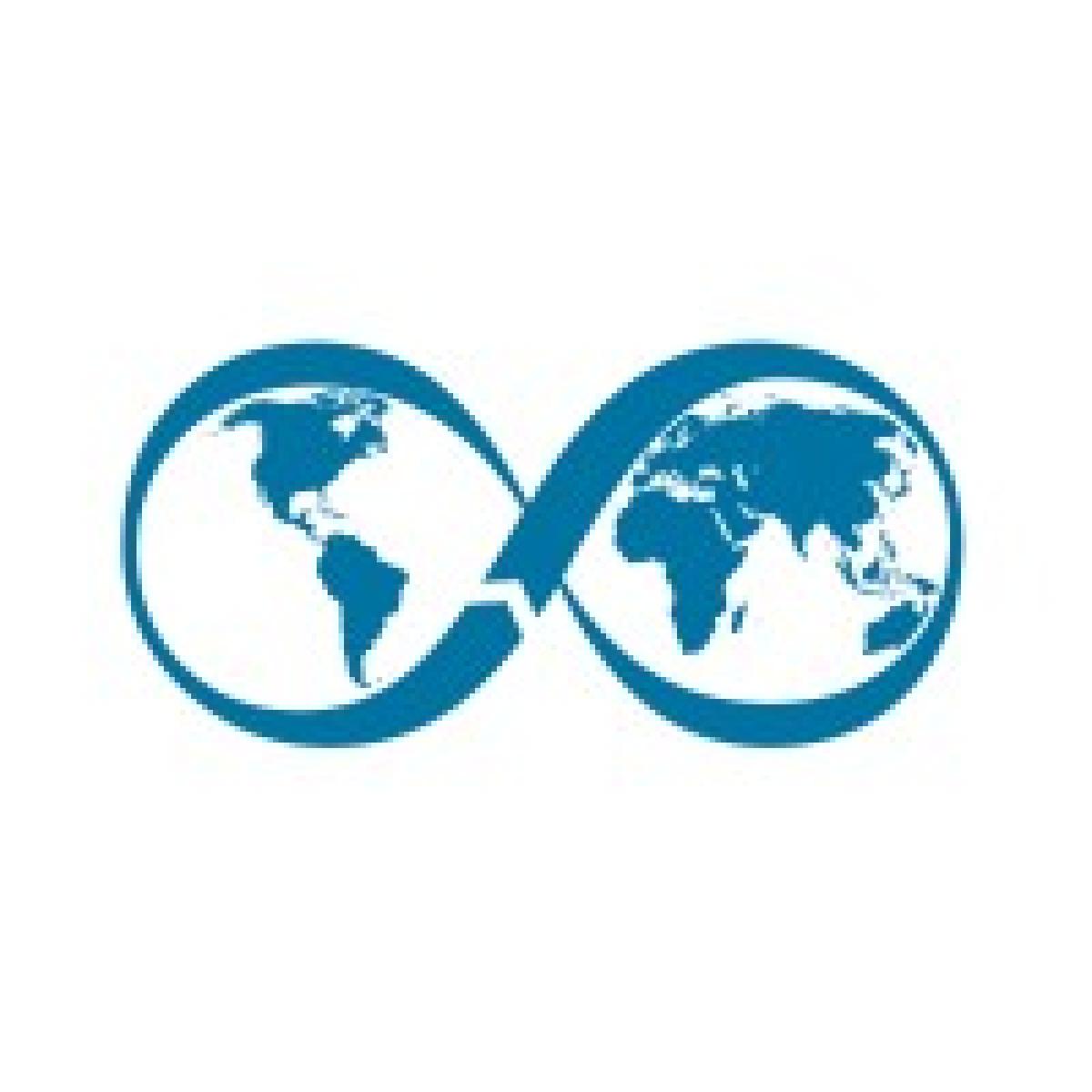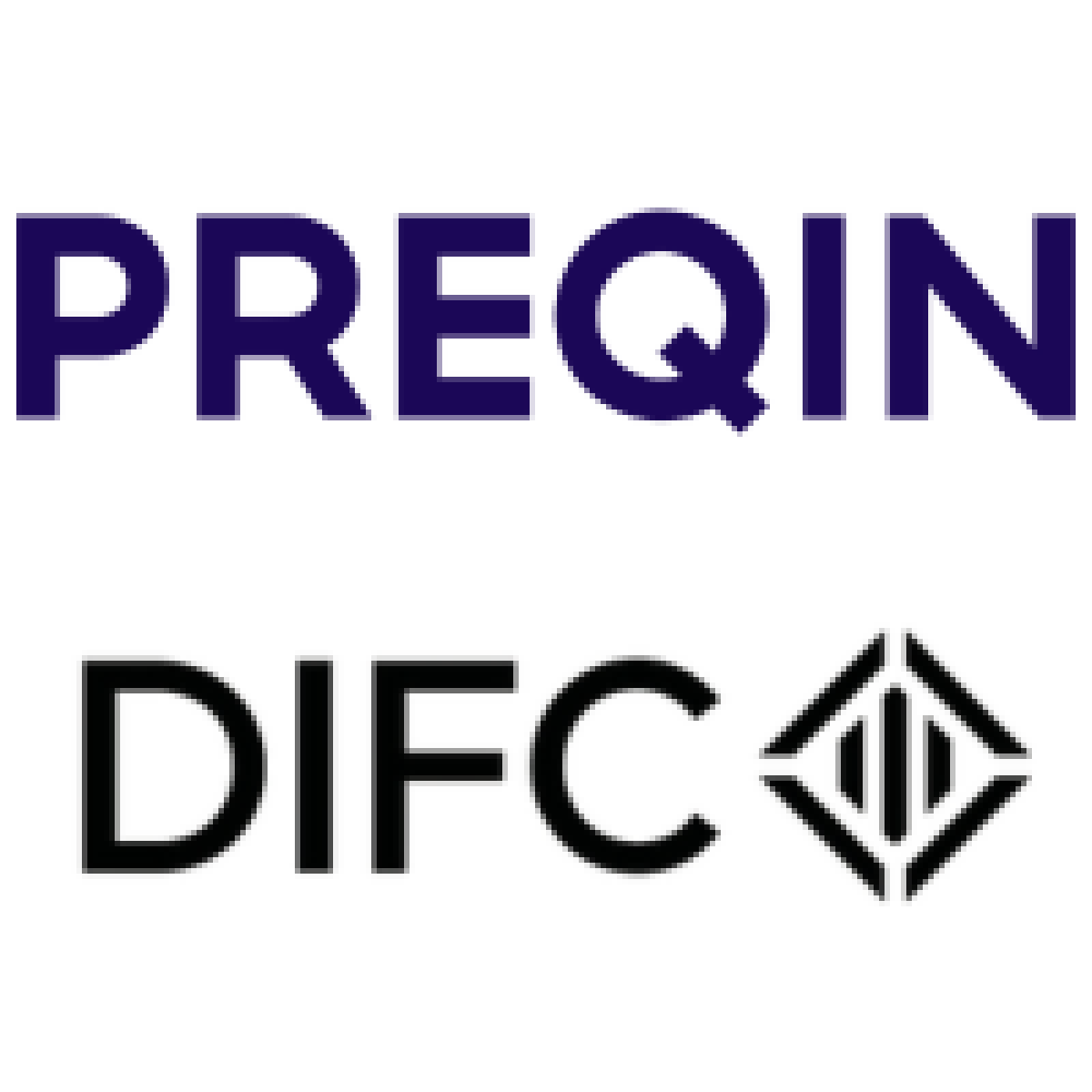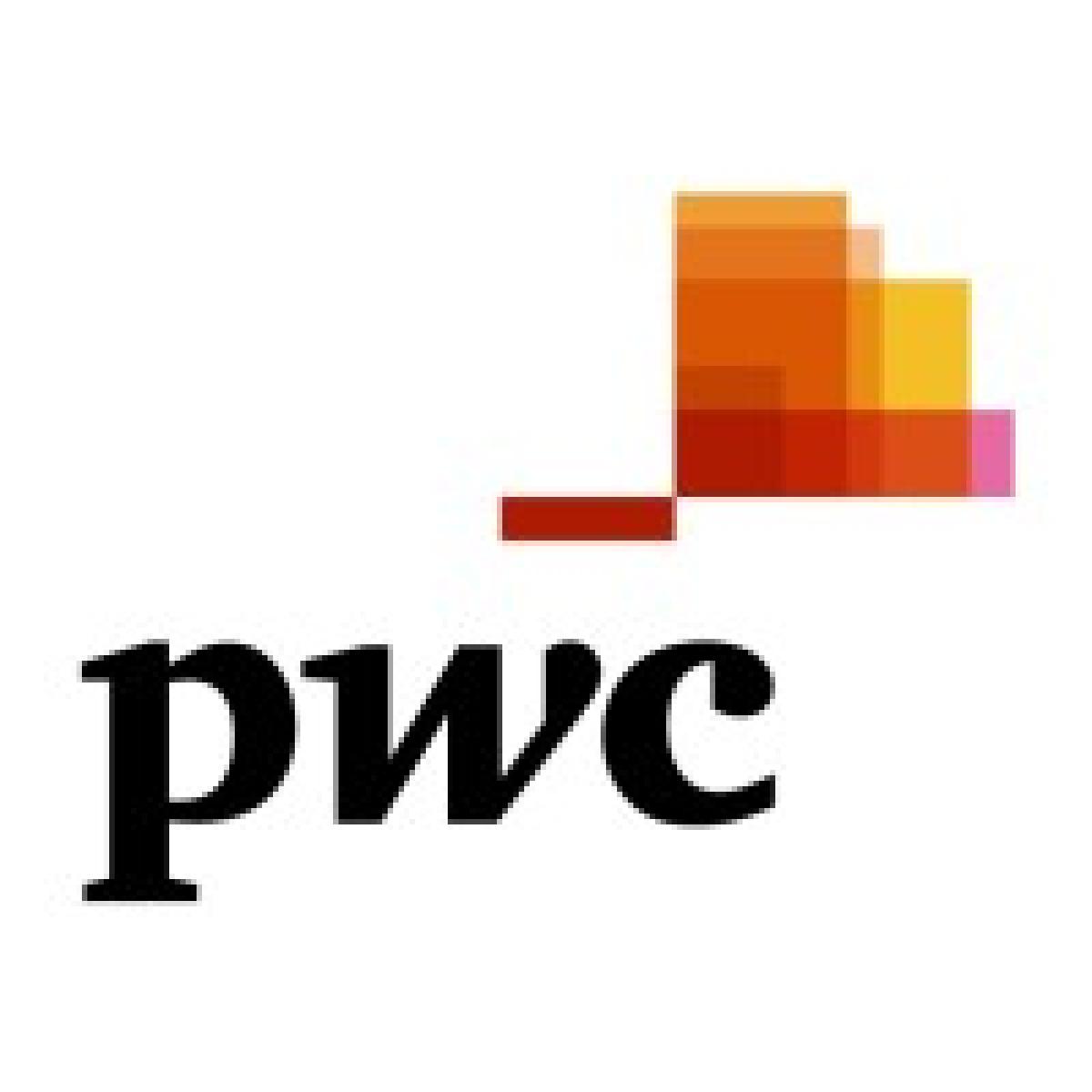This report, published by the International Renewable Energy Agency (IRENA), describes how global climate imperatives are re-shaping energy sectors across the globe, presenting both challenges and opportunities for the GCC states. The GCC has a solid energy infrastructure that can be leveraged and built on for increased shares of renewables. Domestically, investments in renewables in the GCC are expected to reach new heights in the years to come following COP28. While the region’s past has clearly been shaped by fossil fuels, its future may well be shaped by renewables.
Authored by Laura Merlini, CAIA, CIFD, Managing Director, CAIA EMEA

Wondering about the unknown in search of answers is typical of human beings. Mythology, folklore stories, and epic adventures utilize prodigies to satisfy human curiosity and offer explanations. Tales have an immense influence on people and reflect values and beliefs of the culture where they come from. Despite being separated by numerous geographical barriers, many cultures have developed similar sagas and epopees with the same basic elements.
Ulysses, the hero of Homer’s Greek epic poem The Odyssey, and the fictional narrative of Sindbad the Sailor in The Thousand and One Nights are clear examples. Ulysses and Sindbad are two sailors who set sail on the unpredictable sea and face many hardships.
The former is a strategist, gifted with resilience and capable of outsmarting opponents. His travels are involuntary and primarily driven by his efforts to return home to Ithaca after the Trojan War and finally reunite with his family.
The latter is portrayed as a clever and ingenious adventurer, a merchant kissed by luck and with a keen sense of survival. His voyages are primarily driven by a combination of curiosity, trade, and the desire for wealth. His tales reflect the cultural and mercantile dynamism of the Arab world in the medieval period.
These peculiar traits are still valid and palpable in the Middle East alternative investment industry today. Local investors, like a modern Sindbad, are more optimistic compared to their Western counterparts who, in a Rodin’s Thinker pose, only crave the vestiges of past-like Ulysses.
Even though challenges will remain throughout 2024 (mainly inflation and geopolitical headwinds), a recent study by Preqin reveals that 50% of regional investors are looking to increase their capital commitments to alternatives in the next 12 months, six percentage points higher than that of global investors. In general, due to the increased volatility in public markets, alternative investments are sought after as they provide diversification, long-term returns, and risk mitigation. Private equity and real estate are best represented in regional investors’ allocations followed by private debt.
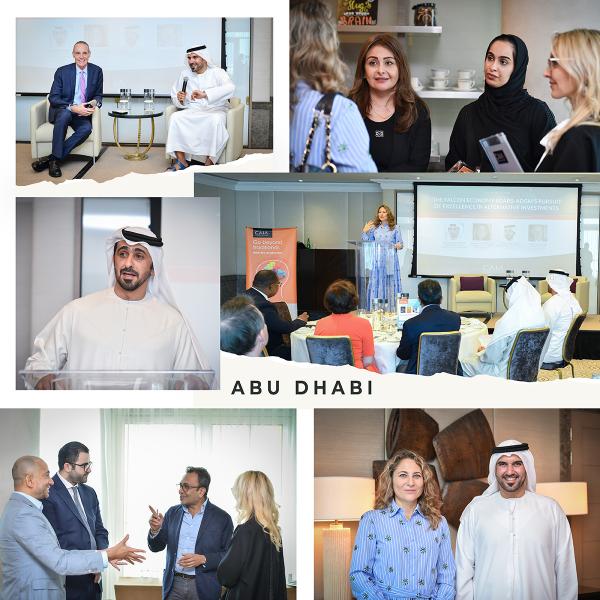
According to Preqin data, assets under management (AUM) in private capital in the Gulf Cooperation Council (GCC) spiked from $1bn in 2008 to $12.3bn in 2022. It is important to highlight that Middle East-based Sovereign Wealth Funds, which have combined AUM of more than $3.7tn, are among the biggest investors in alternative assets globally.
The financial markets between the Red Sea and the Arabian Gulf are in constant evolution. Achieving a future beyond reliance on oil has become their primary goal. GCC countries are therefore undergoing profound transformations to create employment opportunities beyond oil for young people as more than half of their total 54 million residents are under the age of 25.
There is a constant need to nurture local talents, create robust partnerships, and build a strong finance industry made up of a good representation of both LPs and GPs. The region has always been perceived as a fundraising destination, but this perception is changing as the number of active GPs is growing continuously, even doubling in UAE and Saudi Arabia.
Additionally, there are ongoing initiatives to address gender disparities and provide inclusion in the financial landscapes of the Middle East. This diversification is anticipated to have a positive impact on the evolution of the local alternative investment industry as a growing influx of female talent is being observed.
What is also clear is that the shift towards sustainable energy will involve more than just focusing on renewables that, undoubtedly, play a crucial role in decarbonization. The most promising ESG-driven investment opportunities might be found in sustainable infrastructure (such as green mobility, social infrastructure, and water supply). In any case, aligning ESG principles with each investor's distinct objectives and values will be a priority requiring comprehensive data analysis, stakeholder engagement, and proactive risk management.
Running parallel to the green transition is a massive wave of digital transformation, sweeping through the financial sector in the Middle East. AI, blockchain technology, and FinTech innovations in general play pivotal roles in shaping the future of green finance as they can provide more transparent and efficient funneling of capital allocation into sustainable projects.

As a last consideration, maybe the most obvious as it is happening as I write, the UAE holds a unique opportunity to influence global financial perspectives on sustainability with COP28. We are already seeing that the results of this conference will shape environmental strategies such as the $30 billion new climate finance fund, created with the aim of improving the flow of global capital into projects to reduce emissions, especially in the Global South. This is only the beginning—markets, investors, and financial institutions are clearly committed to finally embracing economic and sustainable growth in a way that will be inextricably united.
For all these reasons, CAIA Association recently launched the CAIA Middle East Chapter—registered under the ADGM Authority, to serve our growing Membership in the region, participate in the kinetic energy, and do our part to shape the burgeoning industry to ensure it serves investors.
These insights offer a cursory glance at this subject matter. But like Sindbad, if you feel like venturing into the realm of the Middle East and unveiling future opportunities, consider the following suggestions to adequately prepare for your exploration — set sail and navigate the two Seas!



